Inventory Finance Solutions: A Guide to Inventory Financing
Inventory Financing Loan
There are several difficulties involved in managing a small business, particularly in keeping inventory and cash flow stable.
Many business owners look for funding options, such as small business loans, business lines of credit or working capital loans to bridge the cash flow gap and keep their operations operating smoothly.
Inventory finance may be a good choice to suit your company’s financing needs if you have a lot of inventory to keep up with.
Various inventory financing options and financing solutions can help manage cash flow challenges, especially during seasonal fluctuations.
Inventory financing, often called inventory loans, is a form of asset based short-term loan that provides you with the money you need for inventory purchases, without putting cash upfront.
Usually, the goods you want to purchase act as collateral, negating the need for you to produce any other assets to support the loan.
But the lender will take the merchandise you haven’t sold in order to collect the unpaid loan total if you miss your monthly installments.
This type of asset based financing leverages your business assets, such as inventory, to secure the loan.
Inventory financing is the ideal choice for companies that have a large amount of physical assets or seasonal sales slumps because of its flexibility and cash availability.
Additionally, when assessing loan applications, lenders are more interested in the worth of the merchandise you wish to purchase, therefore, it’s frequently easier to qualify for such a loan.
Business credit is not a critical factor in qualifying for inventory financing, making it accessible for startups and small to medium-sized enterprises.
Due to the fact that small retail enterprises frequently possess substantial amounts of inventory, inventory loans are specifically tailored for them.
Since they know they will rapidly repay the loan once they sell the products, these businesses can apply for this kind of inventory financing loan to purchase inventory and acquire additional inventory when they need to prepare for peak seasons.
Inventory loans may be advantageous for retailers, wholesalers, and seasonal enterprises who see a spike in demand for their goods during particular times of the year.
Additionally, whether your company has higher inventory levels or cyclical sales dips, inventory financing is an excellent source of funding.
Interest rates, origination fees and repayment terms are important factors to consider when evaluating the total expenses of inventory financing.
Inventory loans and inventory lines of credit are the two most popular forms of inventory financing.
Even though they each have distinct architecture, you can use your inventory to secure any line of credit.
Inventory financing lenders offer various repayment terms based on the nature of your business operations.
Understanding how inventory loan works involves researching different types of loans, applying for financing, and repaying the loan based on revenue.
Additionally, whether your company has higher inventory levels or cyclical sales dips, inventory financing is an excellent source of funding without putting your personal or business assets at risk, unlike traditional bank loans.
Receivables Financing for Improved Cash Flow
A sort of financing arrangement known as accounts receivable (AR) financing allows a business to obtain funding for a portion of its accounts receivable.
Finance agreements for accounts receivable can take many different forms, typically based on a loan or asset sale.
An arrangement involving capital principal in connection with a business's accounts receivable is known as accounts receivable financing or factoring.
The assets known as accounts receivable are the unpaid balances of invoices that have been billed to clients but have not yet been paid.
On a business's balance sheet, accounts receivable are listed as an asset.
These are often current assets that must be paid for within a year.
Interested in our services? We’re here to help!
We want to know your needs exactly so that we can provide the perfect solution. Let us know what you want and we’ll do our best to help.
Links
Contact Info
